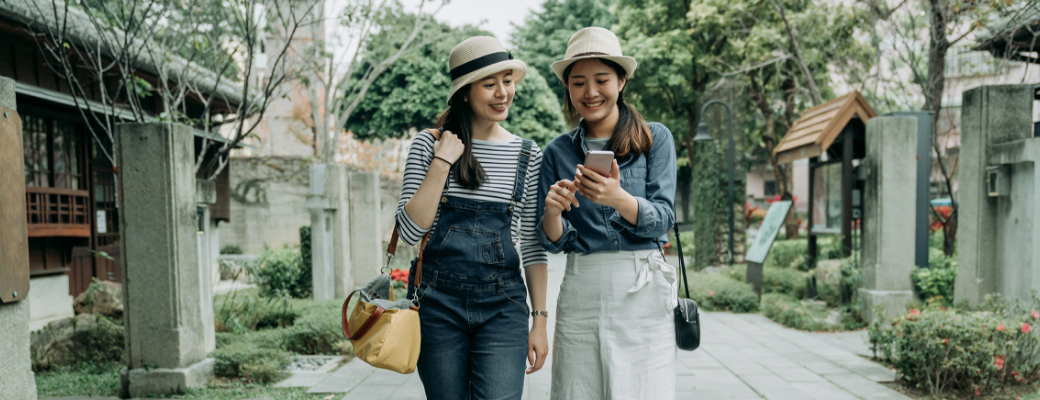
Digital Ticket
On sale: a set ticket including the Rapi:t , admission to the Tsutenkaku Observation Deck, and Nankai Soba!

What is Abeno Shrine?
"Abeno Shrine" is a shrine located in Abeno Ward, Osaka City, dedicated to Kitabatake Chikafusa and his eldest son, Kitabatake Akiie. This article introduces Abeno Shrine, summarizing information on subordinate shrines, the sacred horse statue, and access details.
Abeno Shrine is dedicated to Kitabatake Akiie, who was deeply trusted by Emperor Go-Daigo, known for overthrowing the Kamakura Shogunate and implementing the Kenmu Restoration. The shrine stands on an ancient battlefield where Akiie fought and near his burial site.
In 1885 (Meiji 18), Kitabatake Chikafusa, Akiie’s father and a central figure of the Southern Court, was also enshrined, marking the establishment of the shrine.
On the main festival day of the summer festival on July 22, a procession ceremony is held to Kitabatake Akiie’s tomb in Kitabatake Park. Additionally, a purification ceremony, Natsukoshi no Harae, is performed to pray for a safe passage through the summer.
Let’s take a look at the subordinate shrines of Abeno Shrine.
Mitamafuri no Miya (Okumiya)
In Mitamafuri no Miya, Amaterasu Omikami is enshrined in the center, with Miwa Omi-kami and Sukunahikona no Mikoto on the right, and Sugawara no Michizane on the left.
Although the shrine building was burned down in the war on March 14, 1945, it was rebuilt after the war. Because people prayed for the shrine’s reconstruction with a strong will to fulfill their wishes, Mitamafuri no Miya is also called "Ichigan-ittsu no Miya" (Shrine of One Wish Fulfillment).
When you visit Mitamafuri no Miya to accomplish something, pray with a resolute spirit.
Isao no Miya
The deity of Isao no Miya is the spirit of Nanbu Shigeyuki, the head of the Nanbu clan of Ne Castle (Hachinohe clan), along with 108 members of his family and retainers.
In 1335 (Kenmu 2), when Ashikaga Takauji rebelled against Emperor Go-Daigo, Akiie left Mutsu Province to suppress Takauji. During his absence, Shigeyuki, along with Akiie’s younger brother Masanaga, defended the local area. Before departing for Kyoto with Prince Morinaga and Akiie in 1338 (Engen 3), Shigeyuki left a testament to his brothers, saying, "If I die in battle, do not mourn but continue to act righteously."
Despite defeating the Northern Court’s army at the Battle of Aonohara in Mino Province (present-day Ogaki City, Gifu Prefecture) in 1338, the Southern Court's forces were ultimately defeated. Shigeyuki bravely fought to the end and died alongside Akiie.
The spirits of Shigeyuki and his family are enshrined next to the main hall.
Soreisha
Soreisha enshrines the spirits of past head priests, presidents of the supporting association, parishioner representatives, and worshippers of Abeno Shrine.
It is believed that by enshrining the spirits of the deceased with their ancestors in the spiritual realm, they become guardian deities and protect their families. Abeno Shrine deeply appreciates the ancestors and conducts rituals with heartfelt gratitude, recognizing that the shrine’s existence and activities are thanks to their ancestors’ protection.
Tsuchimiya
The deity of Tsuchimiya is Shirahime Daimyojin, the guardian of Abeno Shrine’s land.
Shirahime Daimyojin, also known as Otsuchijinushi no Kami, is worshipped as a deity protecting the land and region.
Hataage Inari Shrine
Hataage Inari Shrine enshrines four deities: Toyouke Inari Omikami, Takakura Daimyojin, Shirataka Daimyojin, and Fukuryu Daijin. "Inari" symbolizes the blessings of nature through rice, essential for people's lives.
Toyouke Inari Omikami, in particular, is known as the goddess of food, grains, and overall sustenance, protecting not only agriculture but also commerce and industry.
The name "Hataage" implies success achieved through effort. Many worshippers offer red torii gates and flags to pray for prosperity in business and success in endeavors.
Hataage Geino Inari Shrine
The deity of Hataage Geino Inari Shrine is Omiya no Me no Okami, also known as Ame no Uzume no Mikoto, revered as the god of performing arts.
Abeno Shrine features a "sacred horse statue" with the following origin. Kitabatake Akiie, enshrined as a deity, rode a horse from Tohoku to Kyoto to aid Emperor Go-Daigo after Ashikaga Takauji’s rebellion.
For Akiie, the horse was indispensable. Although the original horse statue was lost in the war, two new statues were placed at the west entrance’s large staircase in the Heisei era.
The two facing horse statues symbolize the importance of bonds and communication.
Given that Akiie safely traveled long distances on horseback, the statues are believed to ensure the safety of all types of transportation, including cars, motorcycles, bicycles, and airplanes.
This time, we introduced Abeno Shrine. With numerous subordinate shrines, Abeno Shrine offers a wide range of benefits. When you visit, be sure to check out the impressive pair of sacred horse statues.

